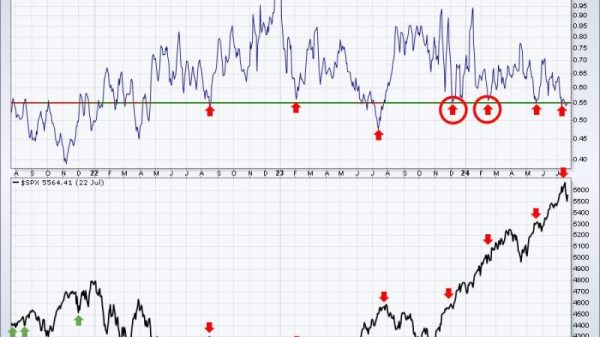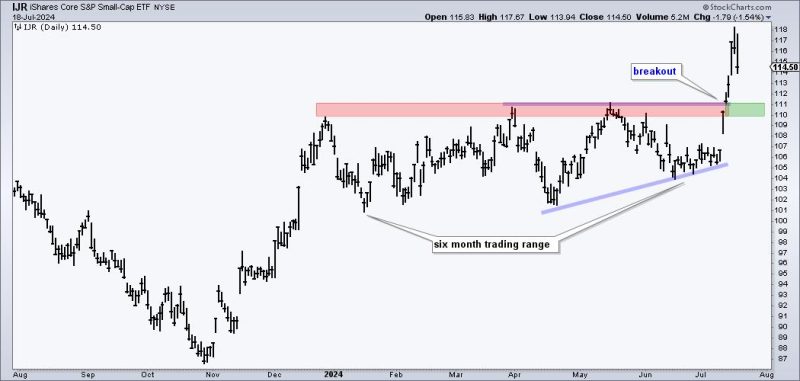Small Caps Break Out and Lead – Now What?
The recent surge in small-cap stocks has caught the attention of investors and analysts alike. With small-cap indices hitting new highs, many are wondering what lies ahead for these breakout stars. The outperformance of small caps is often seen as a positive sign for the overall market, as it suggests confidence and risk appetite among investors.
One of the key factors driving small-cap outperformance is their exposure to the domestic economy. Unlike large-cap companies that are heavily reliant on global markets, small caps tend to derive a significant portion of their revenue from the domestic market. This can be a major advantage in a time of economic uncertainty, as small caps are less exposed to the risks associated with international trade tensions and currency fluctuations.
Another factor contributing to the strength of small caps is their ability to adapt quickly to changing market conditions. Small-cap companies are often more nimble and agile than their larger counterparts, allowing them to pivot their business strategies in response to shifts in consumer preferences or technological advancements. This flexibility can give small caps a competitive edge, particularly in fast-growing sectors like technology and healthcare.
Despite their recent success, small caps still face challenges that could derail their momentum. One potential headwind is the rising interest rates environment, which could weigh on the performance of small-cap stocks. Higher interest rates can increase borrowing costs for small companies and diminish their profitability, putting pressure on their stock prices.
Moreover, small caps are more vulnerable to market volatility than large caps due to their lower liquidity and higher sensitivity to investor sentiment. A sudden shift in market sentiment or a broader market correction could lead to a sharp pullback in small-cap stocks, erasing some of their recent gains.
Investors looking to capitalize on the small-cap breakout should proceed with caution and conduct thorough research before making investment decisions. Diversification is key when investing in small-cap stocks, as their higher volatility means that individual companies can experience significant price swings. By spreading out their investments across multiple small caps, investors can mitigate the risk of any single stock underperforming.
In conclusion, the recent breakout in small-cap stocks is a positive development for the market, signaling confidence and optimism among investors. Small caps offer unique advantages such as domestic exposure and agility, but they also face challenges like rising interest rates and market volatility. By carefully navigating these risks and opportunities, investors can potentially benefit from the outperformance of small-cap stocks in the current market environment.





























